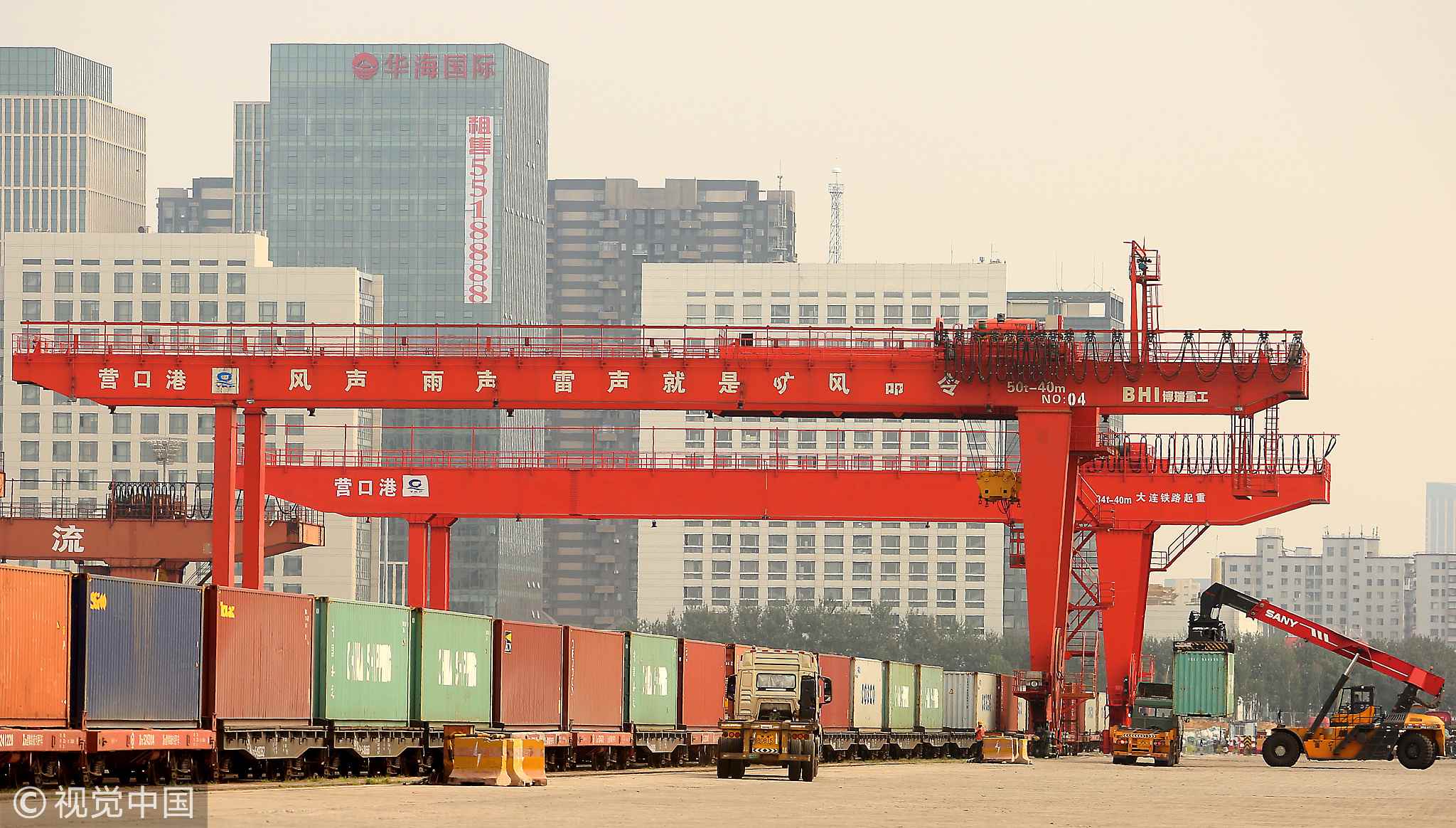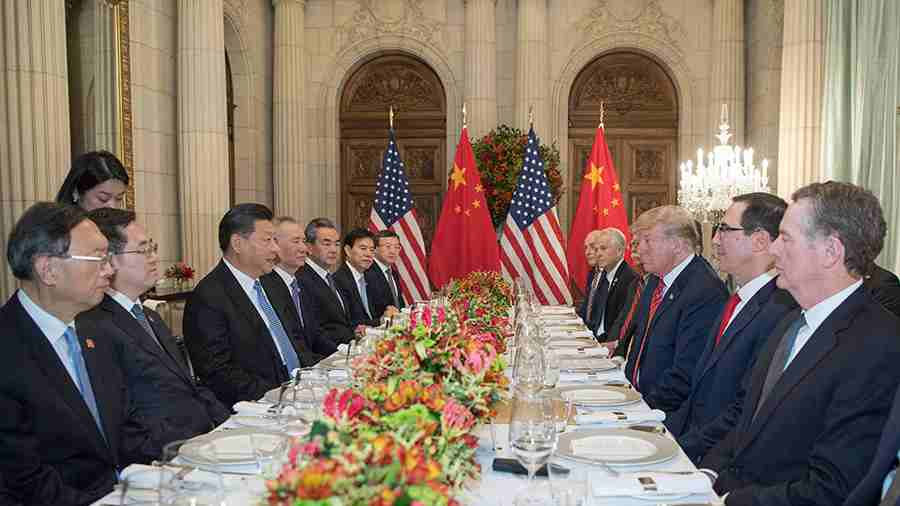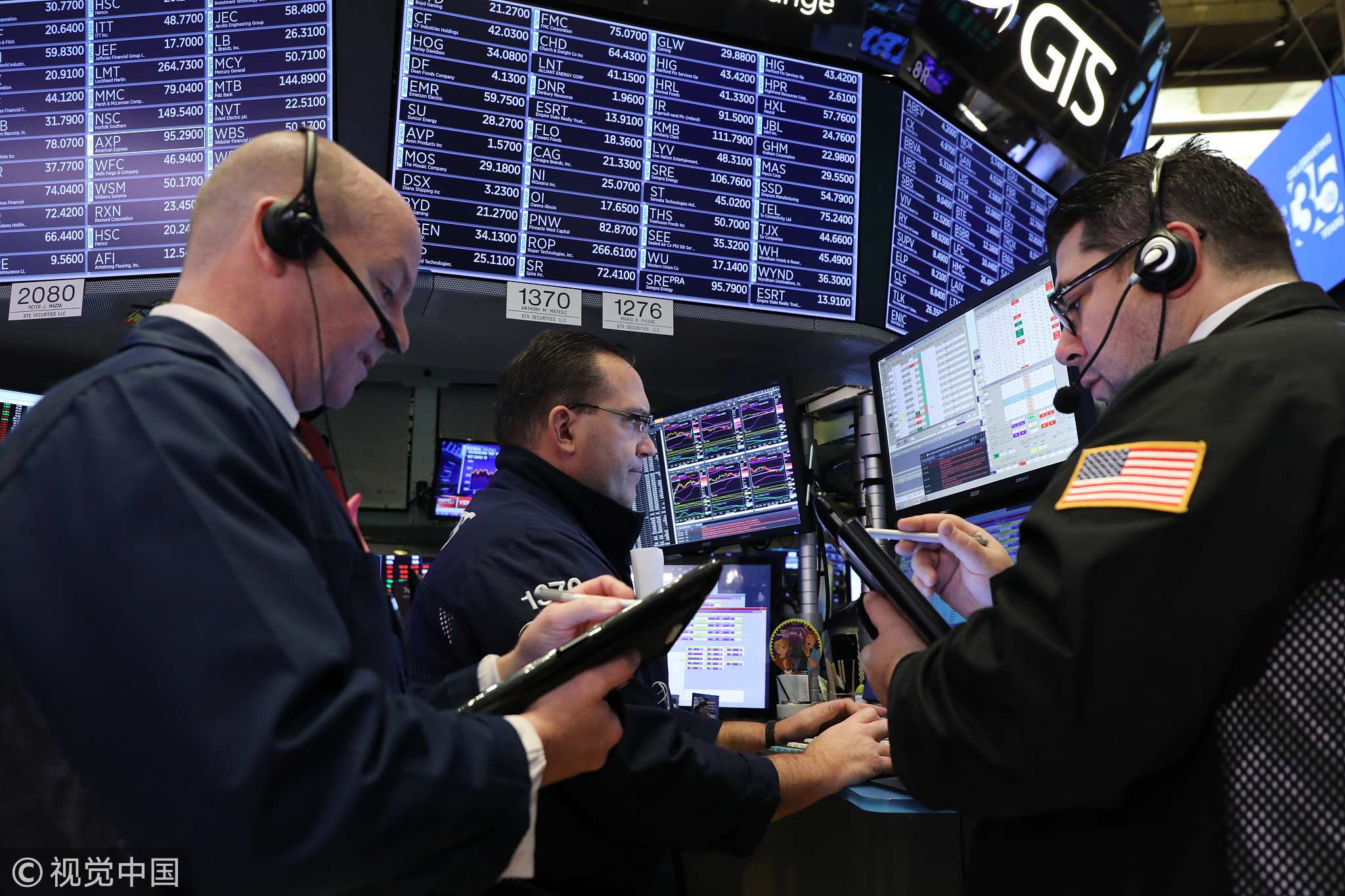
Opinions
19:42, 06-Jan-2019
Opinion: Cautiously optimistic about the China-U.S. trade agreement
Updated
18:50, 09-Jan-2019
Liu Chunsheng

Editor's note: Liu Chunsheng is an associate professor at the Beijing-based Central University of Finance and Economics, and deputy dean of Blue Source Capital Research Institute. The article reflects the author's opinion, and not necessarily the views of CGTN.
On the evening of December 1, Chinese President Xi Jinping and United States President Donald Trump met in Buenos Aires. Both sides agreed that it was a "very successful meeting." The two sides agreed to suspend the imposition of new tariffs to prevent further escalation of the trade war and to negotiate on relevant issues in the next three months.
Both China and the U.S. made some commitments during the meeting. The Trump administration agreed to postpone its decision to raise tariffs on 200-billion-U.S.-dollars' worth of Chinese goods from 10 percent to 25 percent on January 1, 2019, for 60 days.
China agreed to open up the market and expand imports in accordance with the process of China's new round of reform and opening-up as well as the needs of the domestic market and people. China also promised to take more harsh measures to tackle the abuse of fentanyl-like substances.

Chinese President Xi Jinping speaks during a working dinner with his U.S. counterpart Donald Trump in Buenos Aires, Argentina, December 1, 2018. /Xinhua Photo
Chinese President Xi Jinping speaks during a working dinner with his U.S. counterpart Donald Trump in Buenos Aires, Argentina, December 1, 2018. /Xinhua Photo
China and the United States have maintained close communication after the Xi-Trump summit in Buenos Aires. According to Gao Feng, spokesman at the commerce ministry, the trade talks have been steadily moving forward between China and the U.S. despite the Christmas break in America.
The leaders of China and the United States attach great importance to the bilateral economic and trade relations. It should be said that the trade negotiation between the two sides will play an important role in shaping the future of the bilateral economic and trade relations, the domestic economy of both countries and even the world economy. The negotiations are undoubtedly complex and arduous, but it should be the consensus of both sides to avoid causing more substantial damage to their economies and the well-being of their peoples.

Traders work on the floor of the New York Stock Exchange (NYSE) on January 3, 2019, in New York City. /VCG Photo
Traders work on the floor of the New York Stock Exchange (NYSE) on January 3, 2019, in New York City. /VCG Photo
A U.S. trade delegation will travel to Beijing on January 7 for a meeting with Chinese officials, the first face-to-face meeting between trade representatives of the two sides since the leaders' summit last December. The talks should be a summary and reconfirmation of the results of the previous negotiations, as well as an examination before the next negotiations.
It is hard to tell in which direction the next negotiations will turn. However, in view of the complex purpose of the U.S. trade war against China, and even the motivation beyond economic and trade, Trump's tough attitude toward China, as well as his changeable nature, the possibility of Trump continuing to exert greater pressure on China cannot be ruled out. In fact, the arrest of Huawei CFO Meng Wanzhou is widely regarded as the leverage of Trump's government's continued pressure on China.
Since the beginning of the trade war, China has repeatedly indicated that on principle issues, China will not give in, so the United States cannot achieve all its goals. This will force the Trump administration to be more realistic at the negotiation table. If the trade war continues, the negative consequences to the U.S. economy will be further revealed in 2019.
Taking these factors into account, there is the possibility that Trump intends to end the trade war. From the perspective of China, confrontation with the United States does not meet its strategic goal. It is likely for China and the United States to reach a compromise through negotiation, thus alleviating trade frictions.
However, we still need to know that with the continuous upgrading of Chinese industries and the improvement of scientific and technological innovation capabilities, the competition and frictions between the two countries will go on.
(If you want to contribute and have specific expertise, please contact us at opinions@cgtn.com)

SITEMAP
Copyright © 2018 CGTN. Beijing ICP prepared NO.16065310-3
Copyright © 2018 CGTN. Beijing ICP prepared NO.16065310-3